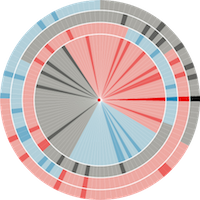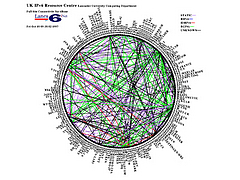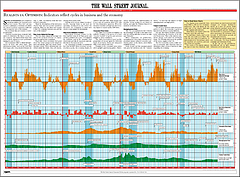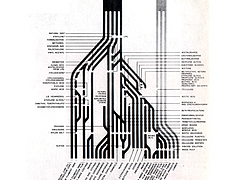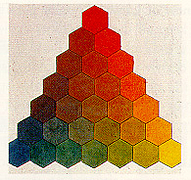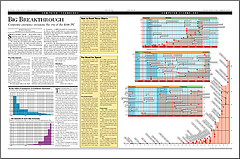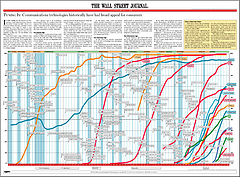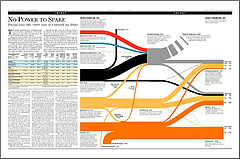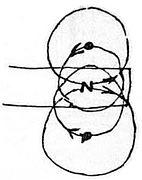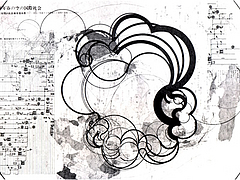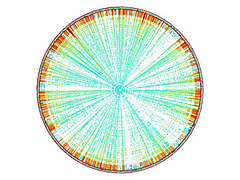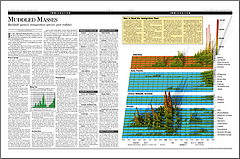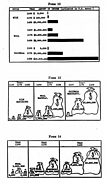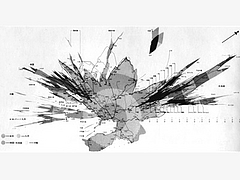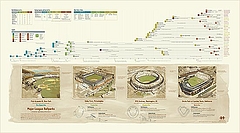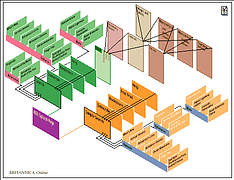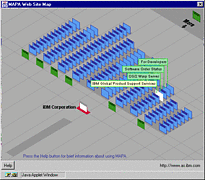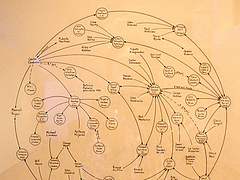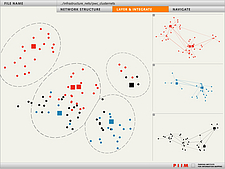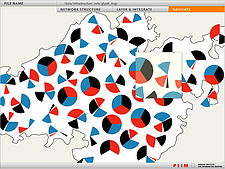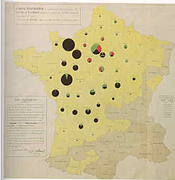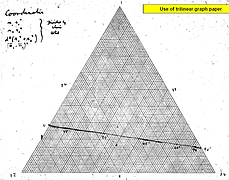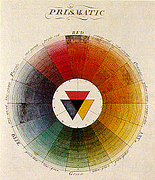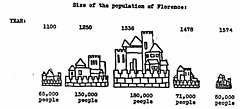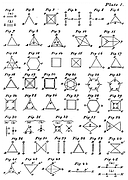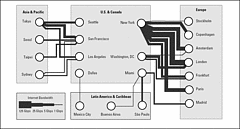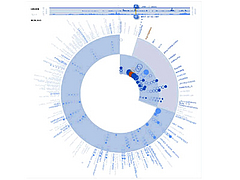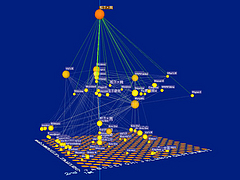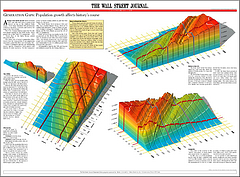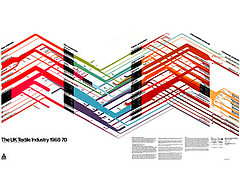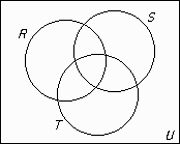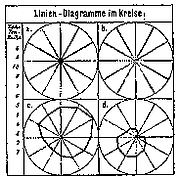Found 56 results for "diagrams":
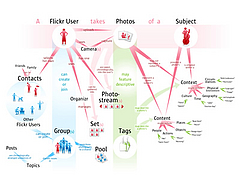 1048 1048 | 2005 computer graphics by Bryce Glass Bryce Glass has developed a series of delightful Flickr user model diagrams where one can easily understand the Flickr ecosystem and the full potential of the popular photo-sharing service. In October 24, 2005, Bryce posted this original diagram in his blog (Soldier Ant), which ended up becoming the first of a series of iterations. The latest version (v0.3) has several new elements, such as comments, rss feeds and blogs, but I still prefer the intact purity and simplicity of the original version (shown here). On his post on October 24, Bryce explains: "I've been doing some concept diagramming for work lately, and I've found myself enjoying it immensely. (...) However, since it's for work I can't share much of it. I did post some sanitized versions, with all the object-names obsfucated, but that just didn't seem wholly satisfying. So over the weekend I invested some time in a diagram that I can share with the internets: a simple Flickr user model (regrettably incomplete -- but I realized that if I tried to include the whole Flickr-verse that this diagram would go beyond labor of love and straight into excercise in folly)". To see Bryce's latest version of the diagram click here. |
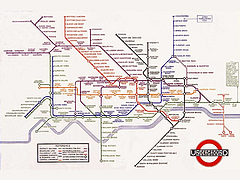 902 902 | 1933 computer graphics by Harry Beck The father of all subway maps, the London Underground map, was the brainchild of Underground electrical draughtsman, Harry Beck, who produced this imaginative yet stunningly simple design back in 1933. Beck based the map on the circuit diagrams he drew for his day job, stripping the sprawling Tube network down to basics and ignoring the exact geographical location of the tube stations. The result was an instantly clear and comprehensible chart that would become an essential guide to London - and a template for transport maps the world over. Beck's revolutionary design, with certain modifications and additions, survives to the present day and is set to serve London Underground and its millions of customers for many years to come. The first image represents Beck's original map from 1933, while the second image shows the most up-to-date version of the London Underground map. To view the map according to its accurate geographical location click here. |
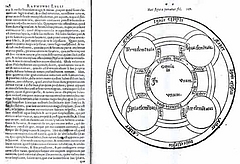 3 3 | 1235 print by Ramon Llull (1235-1316), Spain Mechanical diagrams of knowledge, as aids to reasoning (served as an inspiration to Leibnitz in the development of symbolic logic) (Spain). |
 595 595 | computer graphics by Karl Hartig The First Century: 1896-1996 - 100 years of the daily Dow Jones Industrial Average as one 100 year chart and as five 20 year charts with historical flags. |
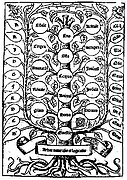 22 22 | 1305 print by Ramon Llull (1235-1316), Spain Mechanical diagrams of knowledge, as aids to reasoning (served as an inspiration to Leibnitz in the development of symbolic logic). |
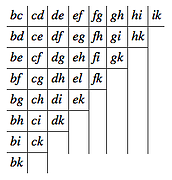 23 23 | 1280 by Ramon Llull (1235-1316), Spain Triangular diagrams of paired comparisons for electoral systems (how to elect a Pope or Mother Superior, when all the candidates are voting). |
 503 503 | computer graphics Weather maps can also use non-geographic, topological diagrams to represent the network structure. This example diagram shows the traffic load on the GARR-B network in Italy. |
 932 932 | 2005 computer graphics by (unknown) yFiles is an extensive Java class library that provides algorithms and components enabling the analysis, visualization, and the automatic layout of graphs, diagrams, and networks. The yFiles library offers the user many advantages, one of which is its ability to create, edit, and visualize large graphs with hundreds and thousands of elements. Here shown is a huge site map laid out and routed organically. For a large version of this image click here. |
